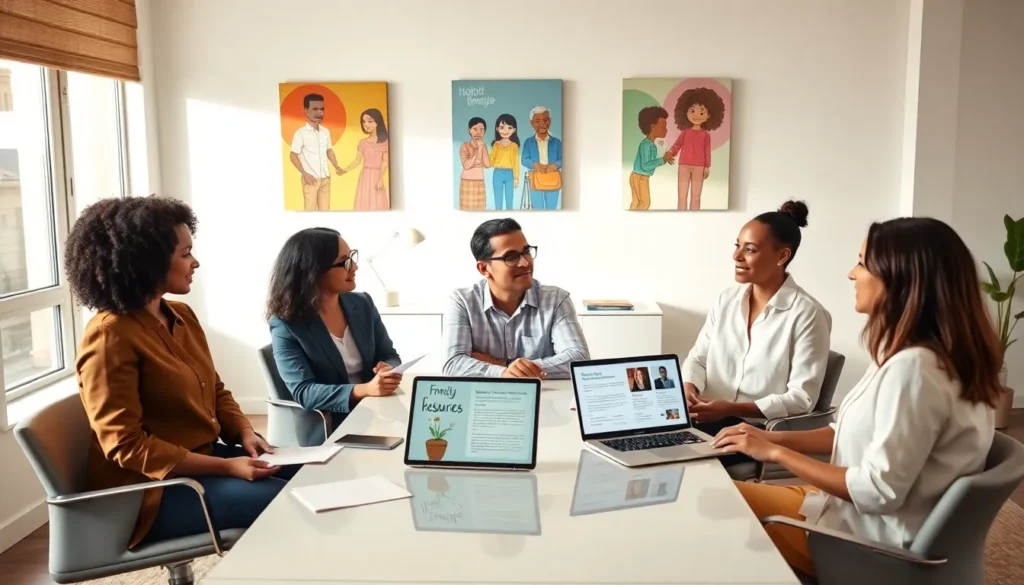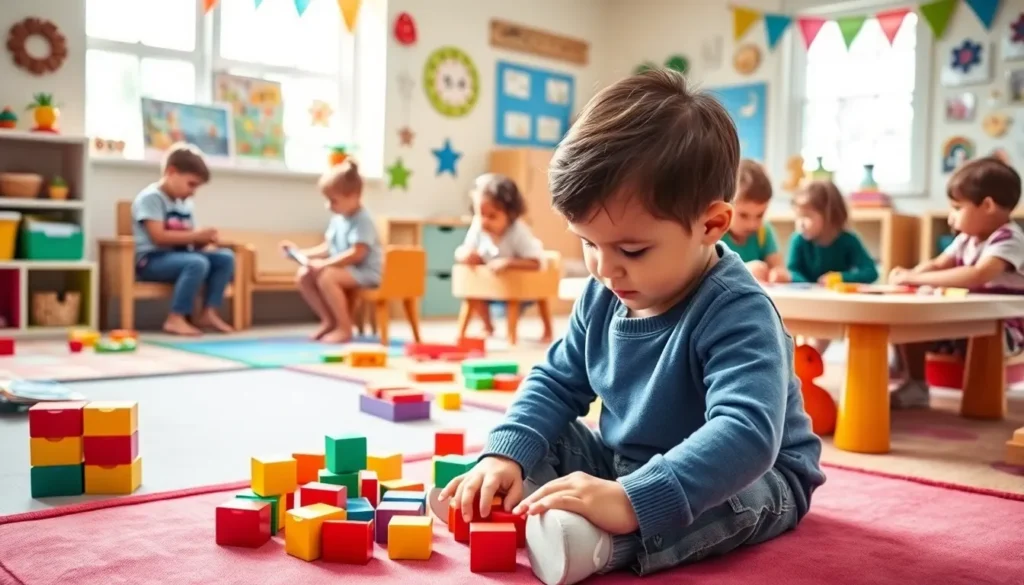Navigating the world of family and child care can feel like wading through an ocean of acronyms, legal jargon, and emotional roller coasters. If the terms ‘adoption’ and ‘fostering’ have left you more confused than a cat in a dog park, don’t worry. This article will break down the differences in a humorous yet informative way. Whether you’re contemplating expanding your family or just curious about these two paths, understanding the ins and outs of adoption and fostering can help guide your decision. So, let’s immerse and discover what makes these two approaches unique.
Table of Contents
ToggleUnderstanding Adoption

What Is Adoption?
Adoption is a legal process that permanently transfers parental rights from biological parents to adoptive parents. Picture it like adopting a pet, but this one comes with a lot more paperwork and emotional considerations. Instead of a furry friend, you’re bringing a child into a loving family environment to raise as your own.
Types Of Adoption
When it comes to adoption, various pathways exist, each suited for different circumstances:
- Domestic Adoption: This involves adopting a child from the same country. It’s the most common, often featuring infants or toddlers.
- International Adoption: Here, families adopt children from other countries. This can require complex international laws and a lengthy process.
- Foster Care Adoption: Sometimes, children are adopted from the foster system, providing them with a permanent home.
- Stepparent or Relative Adoption: This allows stepparents or relatives to adopt a child already in their kin circle, often simplifying the legal process.
Legal Process Of Adoption
The adoption process usually requires a home study, background checks, and court approval to ensure that the child’s best interests are prioritized. While it can be a lengthy journey, the end result is a forever family. And just like that, you’ll have a new title: Mom or Dad.
Understanding Fostering
What Is Fostering?
Fostering is a temporary arrangement in which children live with foster families while their biological parents work on issues like stability or safety. It’s a bit like a life detour for the child, where they can stay in a nurturing environment until they can return home or find a permanent family.
Types Of Fostering
Not all fostering is created equal. Here are a few types:
- Emergency Fostering: This involves taking in a child on short notice, often in crisis situations. It’s a test of quick adaptability and compassion, as these placements can last just a few days.
- Short-Term Fostering: Here, children may stay with a family for months, awaiting a more permanent solution.
- Long-Term Fostering: Children might remain with a foster family for years as efforts continue to reunite them with their biological family.
- Respite Fostering: This provides temporary relief to regular foster families, allowing them to take a break.
Legal Aspects Of Fostering
Foster parents work closely with social services to ensure the children’s needs are met. This often means regular check-ins and reporting on the child’s progress, which can be considered both rewarding and exhausting. The goal is always to create a safe space for kids while addressing the challenges their biological families face.
Key Differences Between Adoption And Fostering
Permanent Vs. Temporary Arrangements
At its core, the main distinction lies in permanence. Adoption is a lifelong commitment where a child becomes a legal member of the family. Fostering is typically a temporary solution where children stay until they can go back to their biological parents or find a new permanent family.
Parental Rights And Responsibilities
In adoption, the legal parental rights are permanently transferred to the adoptive parents. They take on all responsibilities, much like biological parents. Conversely, in fostering, the biological parents often retain their parental rights to some extent, and the foster parents may need to cooperate with them and social services. This adds layers of complexity that adoptive families don’t face.
Emotional Considerations
Adoption creates a new family bond that is emotional, celebratory, and often filled with joy. Fostering, while equally rewarding, can be more complicated as foster families must often cope with the emotional ups and downs of a child who may eventually leave. It’s a challenge filled with heartache but also immense joy.
Support Systems And Resources
Available Resources For Adoptive Families
Adoptive families can access a variety of resources, from counseling services to educational support. Organizations like the Dave Thomas Foundation for Adoption offer guides, emotional support, and access to networks of other adoptive families, making the journey smoother.
Available Resources For Foster Families
Foster families, too, benefit from support systems. The Child Welfare Information Gateway provides valuable resources, training, and support groups where foster parents can share their experiences. Creating a community helps navigate the often challenging journey of fostering.




